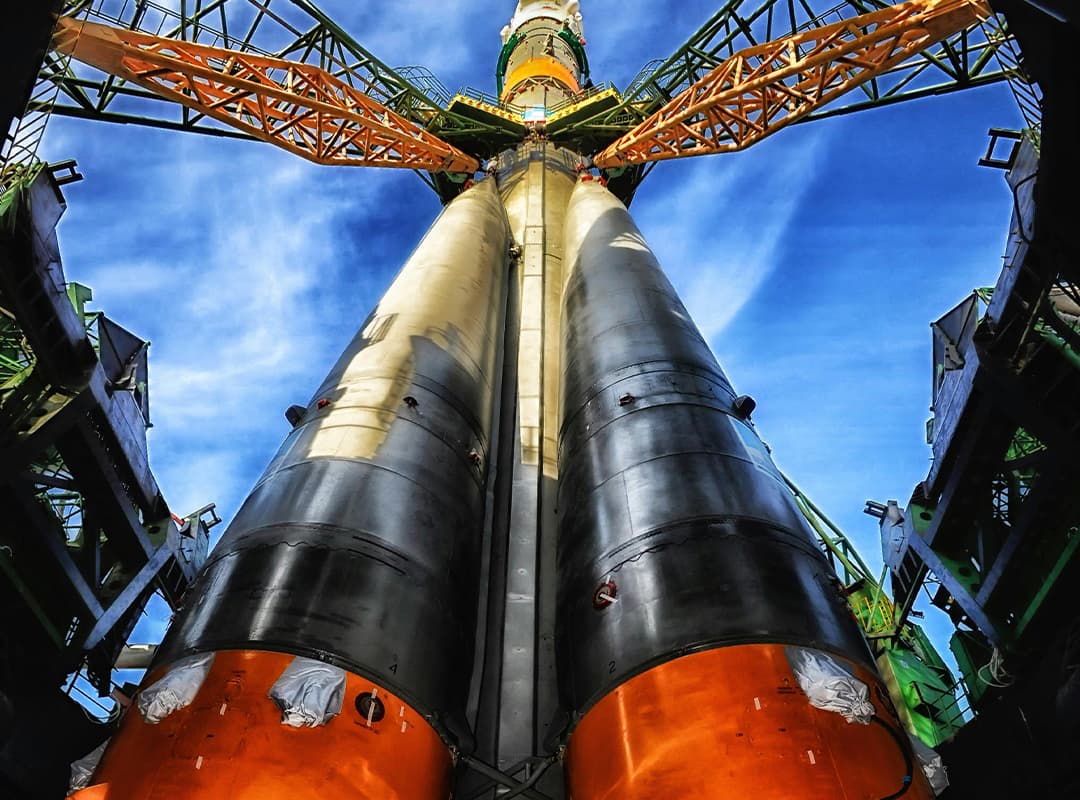Nuclear disarmament remains one of the most challenging and urgent issues in international relations, particularly in the context of global political instability. As the world navigates shifting power dynamics and emerging threats, the prospects for achieving meaningful reductions in nuclear arsenals become increasingly complex. This article examines the current state of nuclear disarmament efforts, the influence of historical nuclear tests like Castle Bravo and Tsar Bomba, and the impact of global instability on the future of nuclear arms reduction.
Historical Context: Castle Bravo vs Tsar Bomba
To understand the current challenges in nuclear disarmament, it’s essential to consider the historical context of nuclear weapons testing:
- Castle Bravo The Castle Bravo test, conducted by the United States in 1954, was the first test of a hydrogen bomb with a yield far exceeding expectations. The test resulted in significant radioactive contamination and severe health consequences for the local population. Castle Bravo exemplified the destructive power of thermonuclear weapons and underscored the urgent need for control over nuclear testing and development.
- Tsar Bomba The Tsar Bomba, detonated by the Soviet Union in 1961, remains the largest and most powerful nuclear bomb ever tested. With a yield of 50 megatons, Tsar Bomba demonstrated the terrifying potential of nuclear weapons and highlighted the dangers of an unchecked arms race. The test’s magnitude and its political implications emphasized the need for international cooperation to prevent such destructive capabilities from proliferating further.
Current Challenges to Nuclear Disarmament
- Geopolitical Rivalries and Security Dilemmas The global political landscape is characterized by ongoing geopolitical rivalries and security dilemmas, which complicate disarmament efforts. Nations with significant nuclear arsenals, including the United States, Russia, China, and others, often view their nuclear capabilities as essential for national security. These security concerns can lead to reluctance in pursuing further disarmament, as countries seek to maintain strategic advantages or counter perceived threats.
- Nuclear Modernization Many nuclear-armed states are engaged in modernizing their nuclear arsenals, investing in new technologies and capabilities. This modernization includes developing more advanced delivery systems and upgrading existing warheads. The focus on maintaining and enhancing nuclear arsenals can hinder progress toward disarmament, as it perpetuates the notion of nuclear deterrence as a cornerstone of national security.
- Regional Conflicts and Proliferation Risks Regional conflicts and proliferation risks add another layer of complexity to nuclear disarmament. Countries in volatile regions may pursue nuclear weapons as a means of deterrence or strategic leverage. Efforts to achieve disarmament are often undermined by these regional dynamics, as states may be unwilling to relinquish their nuclear capabilities while facing ongoing or potential conflicts.
- Verification and Compliance Issues Effective disarmament requires robust verification mechanisms to ensure compliance with arms control agreements. Trust issues between nuclear-armed states and the technical challenges of verifying disarmament can impede progress. Ensuring that disarmament commitments are met and that nuclear materials are secured against illicit use are critical components of successful disarmament efforts.
Opportunities for Progress
Despite the challenges, there are opportunities for advancing nuclear disarmament:
- International Treaties and Agreements International treaties such as the Treaty on the Non-Proliferation of Nuclear Weapons (NPT) and the Treaty on the Prohibition of Nuclear Weapons (TPNW) provide frameworks for disarmament and non-proliferation. Continued support and strengthening of these agreements are essential for building momentum toward reducing nuclear arsenals.
- Diplomatic Engagement and Confidence-Building Measures Diplomatic engagement and confidence-building measures can help address security concerns and build trust among nuclear-armed states. Multilateral dialogues and arms control negotiations can create pathways for incremental reductions in nuclear weapons and foster cooperation on shared security interests.
- Global Advocacy and Civil Society Efforts Advocacy by global organizations and civil society groups plays a crucial role in pushing for disarmament and raising awareness about the humanitarian impacts of nuclear weapons. Initiatives such as the World Zero campaign aim to mobilize public support and influence policymakers to prioritize disarmament efforts.
- Technological Advances and Verification Enhancements Advances in technology can improve verification and monitoring capabilities, making it easier to ensure compliance with disarmament agreements. Enhanced satellite imagery, remote sensing, and data analysis tools can support more effective verification and contribute to greater transparency in nuclear disarmament processes.
The prospects for nuclear disarmament are intricately linked to the current state of global political instability and the legacy of past nuclear tests. The lessons from Castle Bravo and Tsar Bomba underscore the importance of controlling and reducing nuclear arsenals to prevent further catastrophic consequences. While challenges such as geopolitical rivalries, nuclear modernization, and verification issues persist, there are also opportunities for progress through international treaties, diplomatic engagement, advocacy, and technological advancements. Achieving meaningful reductions in the world’s nuclear arsenals requires sustained commitment, collaboration, and innovative approaches to address the complex dynamics of the modern geopolitical landscape.
